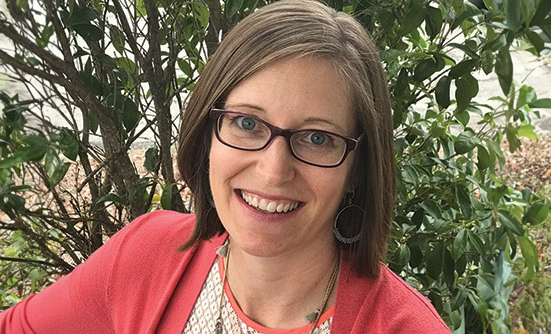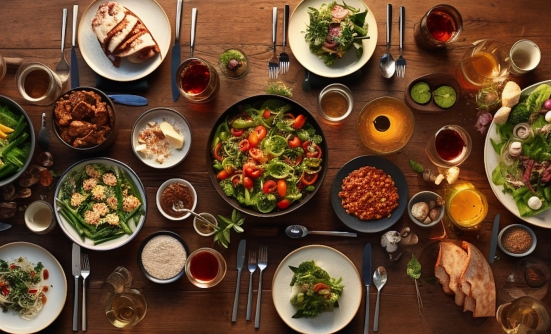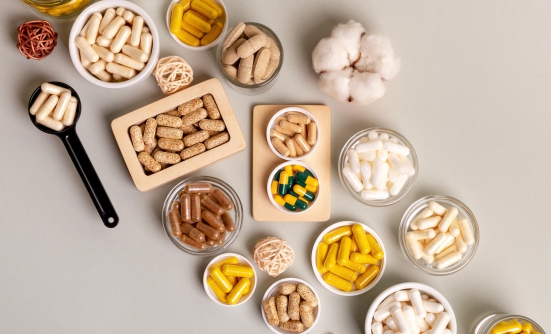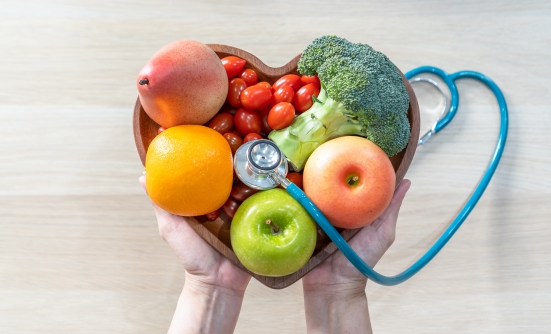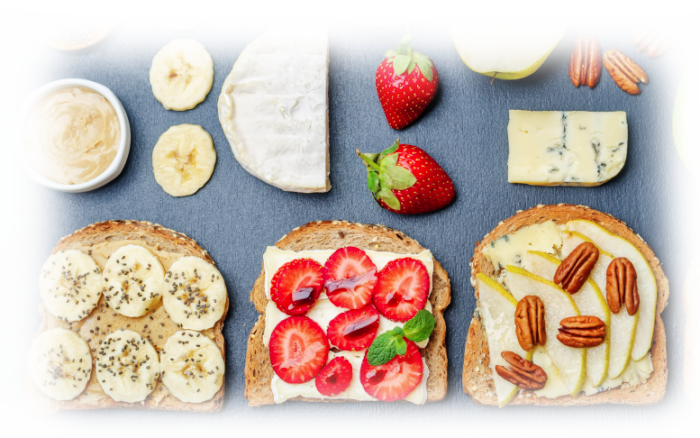
Treatments for cancer, and sometimes even the cancer itself, can cause poor appetite, difficulty eating, or challenges with digesting food. Staying adequately nourished can be a challenge when dealing with a cancer diagnosis. Inadequate nutrition can cause weight loss, muscle loss, muscle weakness, low energy, fatigue, and delayed healing.
I know there are times when you just don’t want to eat. You’re nauseated, and food just doesn’t sound good. I want to encourage you to attempt to nourish your body as best as you can. In this article, I’ll review how to make the best possible choices during those times. First tip, the most important consideration when it comes to your nutrition is to consume adequate amounts of calories and protein. Talk with your treatment team about how many calories and how much protein you need during your time of treatment and recovery.
When Eating Is Difficult
Maximize Calories to Maximize Energy
Increasing your energy level may come down to maximizing your calories. Choose foods high in fats because they pack the most calories per gram of food (see box). Making smoothies or other blended foods can help make your nutrients easy to swallow. You can also add calories and protein with nutrition supplement products, like drinks or calorie and protein powders.

High-Energy Foods
- Spread peanut butter or other nut butter on toast, bread, apple or banana slices, crackers, or celery
- Dip pretzels in peanut butter
- Use croissants or biscuits to make sandwiches
- Add sliced avocado or guacamole to salads and sandwiches
- Add seeds, such as sunflower and pumpkin seeds, to salads, stir-fries, and casseroles
- Add ground flaxseeds to yogurt, smoothies, hot cereals, and casseroles
- Add butter or oils to foods
- Top hot cereal with brown sugar, honey, dried fruit, cream, or nut butter
- Top pie, cake, or pudding with ice cream, whipped cream, or cream
- Use fruit canned in heavy syrup.
Best Smoothie Ever Recipe:
- 1 cup DIY high-protein milk* or supplement drink
- 1 frozen banana
- 1 cup spinach (fresh or frozen)
- 2 tbsp peanut butter
- 1 tbsp cocoa powder
Blend ingredients until smooth. Enjoy!
*DIY High-Protein Milk Recipe:
- 1 quart low-fat milk
- 1 cup nonfat dried milk powder
- Blend ingredients until powdered milk dissolves. Refrigerate.
Keep on Schedule
Even when your appetite is waning, try to eat on a schedule. Even if it’s small, have a meal within an hour of waking and every 2 hours after that. Most importantly, don’t skip meals! Set a timer, if needed.
Making Food Choices
When you don’t feel like eating, don’t be too concerned with the quality of the foods you eat. If the only thing that sounds good to you is a milkshake, that’s ok! Your body will use it. During this season of treatment and recovery, remember that food is only one aspect of your wellness. Having something to eat is much better for you than having nothing to eat.

Liquid Meals
If solid foods are posing a problem for you, maximize calories through your beverage choices. Consider fruit juices (apple, orange, cranberry, or others), apple cider, sports drinks, fruit punch, lemonade, chocolate milk, or smoothies. You might also consider nutrition supplement drinks (like Boost, Ensure, Orgain, or store brands) if you can’t get enough calories in foods and beverages.
Nutrition Supplement Drinks
Getting nutrition from a can or bottle is sometimes your best option. If you need to increase your intake of calories and protein, nutrition supplement drinks can come in handy. The brand you choose is not that important. What matters is how many nutrients you get in the bottle. Oftentimes, store brand options are equivalent to brand names and are often less expensive. Be sure to check the nutrition facts label and the ingredient list to know what you’re getting. My advice is to select the highest calorie/protein combination possible.
Tips to Improve Taste
- Drink it cold. Refrigerate the bottle before serving. When ready to serve, pour the refrigerated drink over ice—a lot of ice!
- Use a lid and a straw. During treatment, smells can bother some people. Using a lid and a straw keeps the aroma at bay. A travel coffee cup can work well with a straw through the drinking spout
- Turn it into a smoothie, pudding, or ice cream.
Am I Eating Enough?
It’s important to make sure you are getting enough calories and protein to prevent malnutrition and all the side effects that come with it. One of the best ways to know if you are eating enough (or not enough) is your bathroom scale. If you find that your weight is consistently trending down, talk with your medical team to come up with a plan of action.
In addition to the scale, pay close attention to your body. Changes in the way your clothes fit or changes in your strength can be signs of changes in your body composition, such as a decrease in muscle, or increase in fat mass. These changes can potentially have negative effects on your overall health and quality of life, even if your weight is stable.
The Bottom Line
Finding the best way to nourish your body is sometimes a difficult predicament, especially during active treatment. It’s important to provide your body with enough calories and protein to support your recovery during and after treatment.
Eat Well!
About the Author
Julie Lanford, MPH, RD, CSO, LDN, is a registered dietitian nutritionist, a board-certified specialist in oncology nutrition, and the Wellness Director of Cancer Services, Inc. in Winston-Salem, NC.





